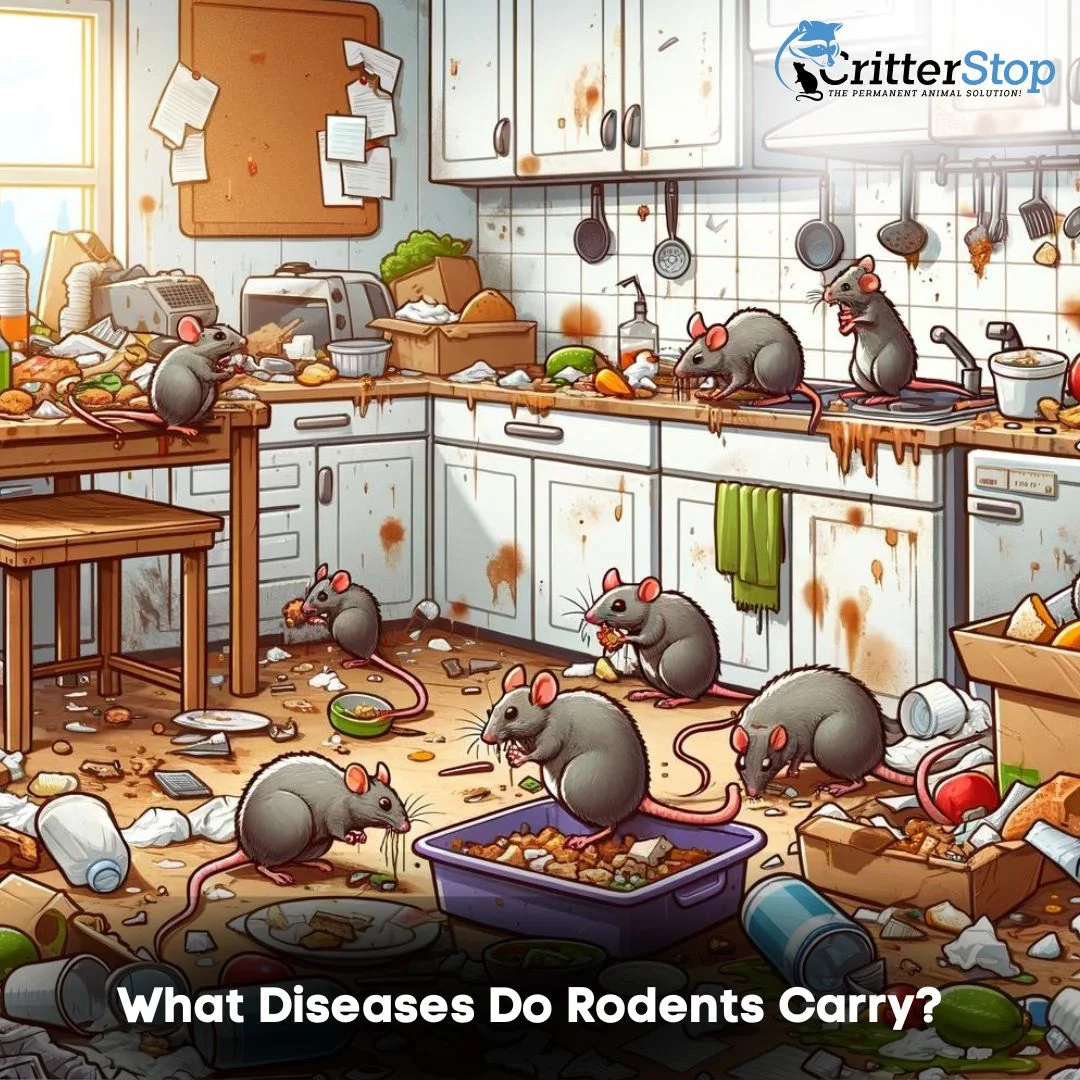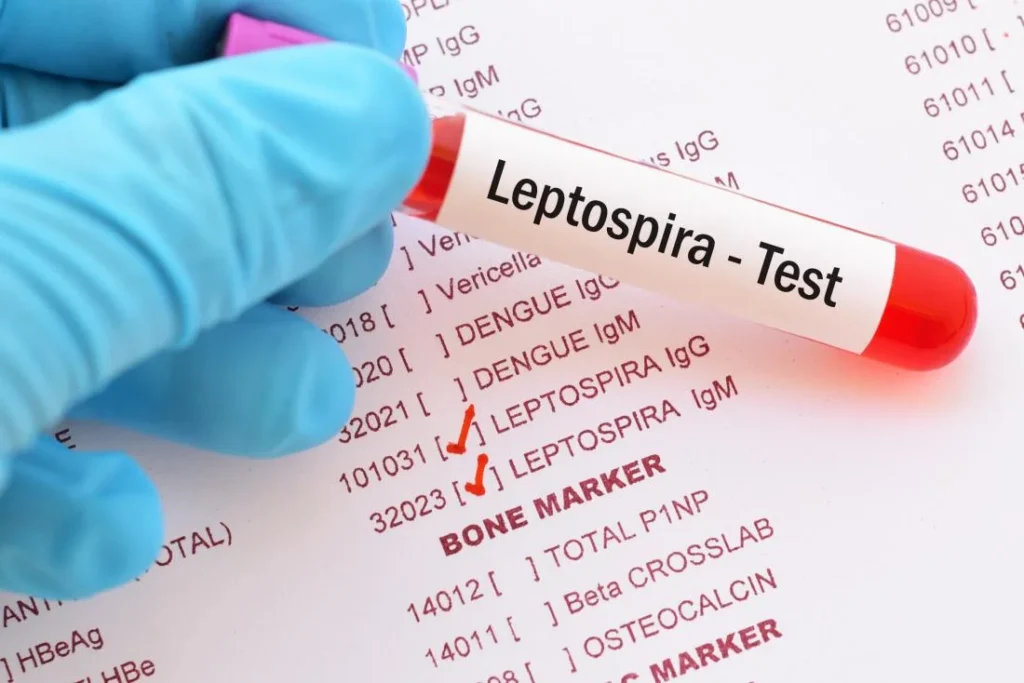
Rodents are a common sight in urban and rural areas alike. Despite their innocuous appearance, they can harbor numerous illnesses that pose risks to human health. Knowing what diseases rodents carry can help people take preventative measures to protect themselves and their families.
One of the most well-known diseases that rodents can carry is the bubonic plague. This illness stems from a bacterium known as Yersinia pestis, which spreads to humans via the bites of fleas carrying the infection and residing on rodents. Other diseases that rodents can carry include hantavirus, leptospirosis, and salmonellosis. These diseases can be spread through exposure to rodent urine, droppings, or saliva.
It's crucial to acknowledge that not all species of rodents carry diseases, and not all individuals who come into contact with rodents will become sick. However, it is still crucial to take precautions to avoid contact with rodents and exposure to potential diseases. This can include sealing any entry points for rodents in homes or buildings, practicing good hygiene when handling or disposing of rodent droppings, and contacting a pest control professional if a rodent infestation is suspected.

Rodents are a group of mammals that include hamsters, squirrels, rats and mice. They are known for their sharp incisors that they use for gnawing and their ability to reproduce quickly. Rodents are found almost everywhere in the country, including human environments such as homes, offices, and restaurants.
Rodents are known to carry various diseases, including rodent transmitted diseases and rodent viruses. Such illnesses can transfer to humans via direct interaction with rodents, their urine, droppings, or saliva, or via bites from infected rodents. Several diseases that rodents can pass to humans include:
Rodents are also known to carry various viruses, including the Lassa virus, the Junin virus, and the Machupo virus. These viruses can cause serious diseases in humans, including hemorrhagic fever.
In conclusion, rodents are prevalent in human environments and can possess various types of illnesses that have the potential to spread to humans. It is important to take measures to prevent rodent infestations in homes and other human environments to reduce the risk of disease transmission.
Rodents are recognized for harboring a range of illnesses that can infect humans. These ailments can be transmitted through contact with rodent urine, feces, saliva, or through bites. Furthermore, rodents can act as hosts for fleas, ticks, and other parasites, amplifying the spread of disease.
Rodent-borne diseases can range from mild to severe, and in some cases, can be fatal. Some of the most common diseases related to rodents include rat-bite fever, salmonellosis, hantavirus, and leptospirosis,
Rat-bite fever is a bacterial disease that is transmitted through bites or scratches from infected rodents. It has the potential to induce fever, skin irritation, and discomfort in the joints. Salmonellosis is a bacterial infection that is spread through contact with contaminated food or water, often from rodent feces. It can cause diarrhea, fever, and abdominal cramps.
Rodents are acknowledged carriers of various diseases that pose risks to both humans and other animals. By fostering awareness and implementing essential precautions, the transmission of these diseases can be effectively thwarted.
One of the most common diseases that rodents carry is Hantavirus, which is transmitted through contact with rodent urine, feces, or saliva. This virus can cause severe respiratory illness and even death in some cases. Other rodent-transmitted diseases include leptospirosis, salmonellosis, and rat-bite fever.
Recognizing the hazards linked with rodents and adopting essential precautions is crucial to curb the transmission of these diseases. This includes keeping food in sealed containers, sealing up any cracks or holes in buildings, and disposing of trash properly.
In addition to diseases, rodents can also carry viruses such as the Lassa virus and the Junin virus, which can cause serious illnesses in humans. These viruses are typically found in areas where rodents are prevalent, such as in rural areas and in areas with poor sanitation.
To halt the transmission of these viruses, it is crucial to keep distance from rodents and their waste. This includes wearing protective clothing when handling rodents or cleaning up their waste, and using disinfectants to clean any areas where rodents have been present.

Rodents are recognized carriers of numerous diseases that can transfer to humans via bites, scratches, or exposure to their feces, urine, or saliva. Here are some of the most common diseases carried by rodents:
To avoid diseases from rodent droppings, it is important to take precautions to avoid contact with rodents and their feces to prevent the spread of these diseases. Maintaining good hygiene, proper sanitation, and keeping rodents out of your living spaces can help minimize the probability of infection.

Rodents are recognized as carriers of diverse illnesses that can transmitted to people through either direct or indirect contact. Understanding how these diseases are transmitted can help prevent their spread.
Taking precautions when handling rodents or their waste is vital to hinder the spread of diseases. This includes wearing gloves and masks when handling rodents, properly storing food and water sources, and sealing up any potential entry points for rodents in homes or buildings.
Rodent-borne diseases are a significant public health concern worldwide. While these diseases are found in many regions, some areas are at a higher risk due to various factors such as climate, population density, and cultural practices. For example, hantavirus pulmonary syndrome (HPS) is prevalent in North and South America, while leptospirosis is more common in tropical and subtropical regions.
The spread of rodent-borne diseases is influenced by various ecological factors. These include the presence of suitable habitats for rodents, such as forests and fields, as well as the availability of food and water sources. Climate also plays a role, as warmer temperatures can increase the reproduction rate of rodents and the survival of disease-causing organisms.
Several examples of outbreaks of rodent-borne diseases have occurred in recent years. In 2018, Seoul virus, a type of hantavirus, spread from pet rats to humans in several states in the United States. In 2019, an outbreak of leptospirosis occurred in Mumbai, India, with over 100 deaths reported. In 2020, a case of bubonic plague was reported in Inner Mongolia, China.
Overall, rodent-borne diseases pose a significant threat to public health worldwide. Implementing effective measures to manage rodent populations is crucial in preventing the transmission of these diseases to humans.
To reduce the likelihood of contracting diseases from rodents, it's crucial to adopt preventive measures to manage their population and restrict their entry into human environments. The subsequent sections delineate some optimal practices and tactics for rodent control.
Public health initiatives and educational campaigns can serve as pivotal tools in raising awareness about the risks posed by rodents and emphasizing the significance of managing their population. Governments and health organizations should promote public education on the risks of rodents and the measures that individuals can take to prevent their presence.
Rodent-proofing homes and workplaces is an effective way to prevent rodents from entering and breeding in these environments. Some of the best practices for rodent-proofing include sealing entry points, such as cracks and holes, and keeping food and waste in sealed containers.
Sanitation and hygiene measures can limit exposure to rodents and their diseases. People should keep their homes and workplaces clean and free of clutter, as well as dispose of food and waste properly. Additionally, individuals should wash their hands regularly, especially after handling food or coming into contact with rodents or their droppings.

Pest control strategies, such as traps and repellents, can help control the rodent population and limit their access to human environments. However, it is essential to use these strategies safely and effectively, as some methods can harm other animals or humans. We always recommend our neighbors consider speaking with a pest company control before implementing any pest control strategies.
Overall, prevention and control measures can effectively mitigate the risks of contracting diseases from rodent feces. By taking proactive steps to control the rodent population and limit their access to human environments, individuals can protect themselves and their communities from the dangers of these pests.
Rodents may harbor a range of illnesses that can be passed on to humans through exposure to their feces, urine, bites or saliva. Some of the major rodent-borne diseases include hantavirus pulmonary syndrome, leptospirosis, rat-bite fever, and salmonellosis. These diseases can cause serious health problems, ranging from mild flu-like symptoms to severe respiratory distress, kidney failure, and even death.
Prevention is key when it comes to avoiding rodent-borne diseases. It is important to keep rodents out of homes and other buildings by sealing up any entry points and removing potential sources of food and shelter. Regular cleaning and disinfection can also help reduce the risk of disease transmission.
In addition to these measures, it is paramount to seek professional help if you suspect a rodent infestation in your home or workplace. Expert pest control services can assist you in identifying and eradicating rodent populations, thereby diminishing the likelihood of disease transmission.
If you are concerned about a rodent infestation in your home or workplace, don't hesitate to contact Critter Stop for professional pest control services. Our team of experts can help identify and eliminate rodent populations, reducing the risk of disease transmission and ensuring a safe place for your family. Contact us now at (214) 234-2616 and say goodbye to rodents on your property!
Mice are known to carry several diseases that can be transmitted to humans. Some of the common diseases include Hantavirus, Salmonella, and Lymphocytic choriomeningitis virus (LCMV).
Creatures like mice, rats, and squirrels are carriers of diverse ailments such as leptospirosis, tularemia, and plague. These maladies can transfer to humans via exposure to rodent feces, saliva or urine.
The symptoms of diseases carried by mice can vary depending on the specific disease. Some common symptoms include fever, headache, muscle aches, and vomiting. It is important to seek medical attention if you suspect you have been exposed to a disease carried by rodents.
Yes, domestic dogs can contract diseases from rats. Some of the diseases that dogs can contract include leptospirosis, hantavirus, and rat-bite fever. It's crucial to prevent dogs from accessing areas inhabited by rodents and to promptly seek veterinary assistance if you suspect your dog has encountered a disease.
Hantavirus is one of the most prevalent diseases spread by mice to humans. It is a rare but serious respiratory disease that can be fatal. Other diseases such as Salmonella and LCMV are also common.
Humans can become ill from rat infestations in their homes through contact with rat urine, feces, or saliva. Inhaling dust that contains rat droppings can also lead to illness. It is important to take precautions such as sealing up any holes or cracks in your home, keeping food in sealed containers, and cleaning up any rodent droppings promptly to prevent the spread of disease.
Visit our Critter Library and learn more about our furry friends